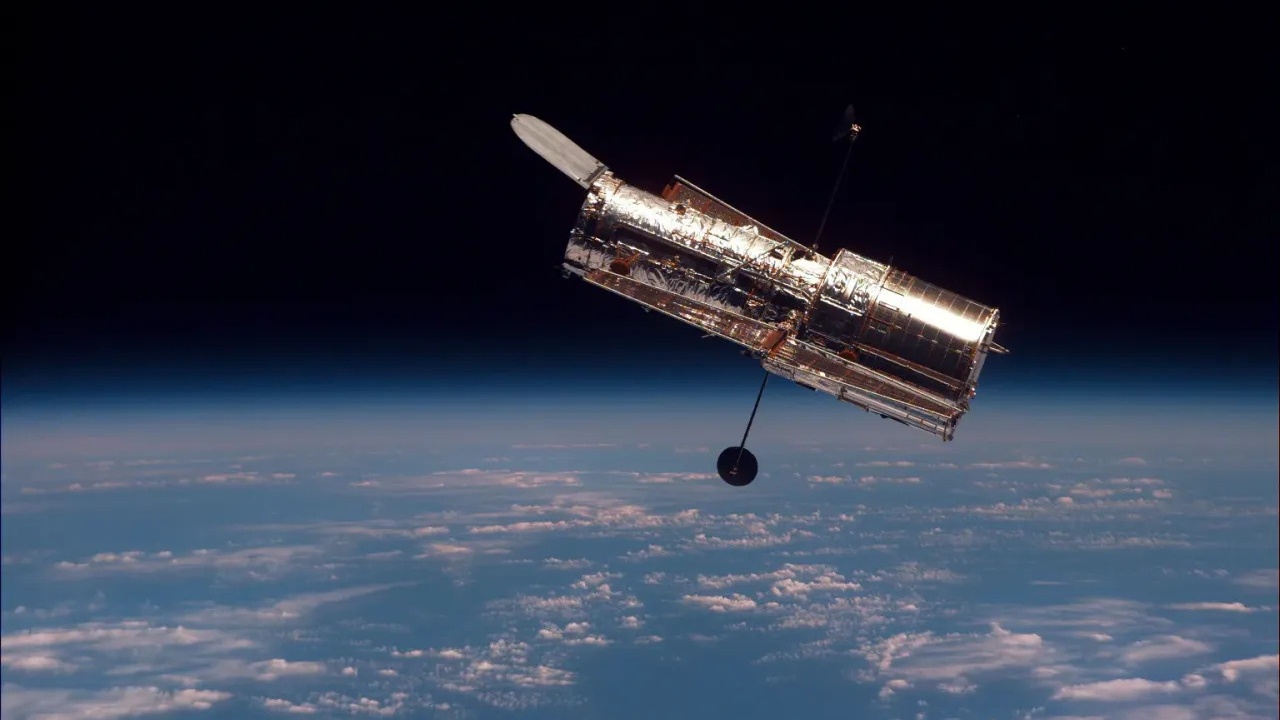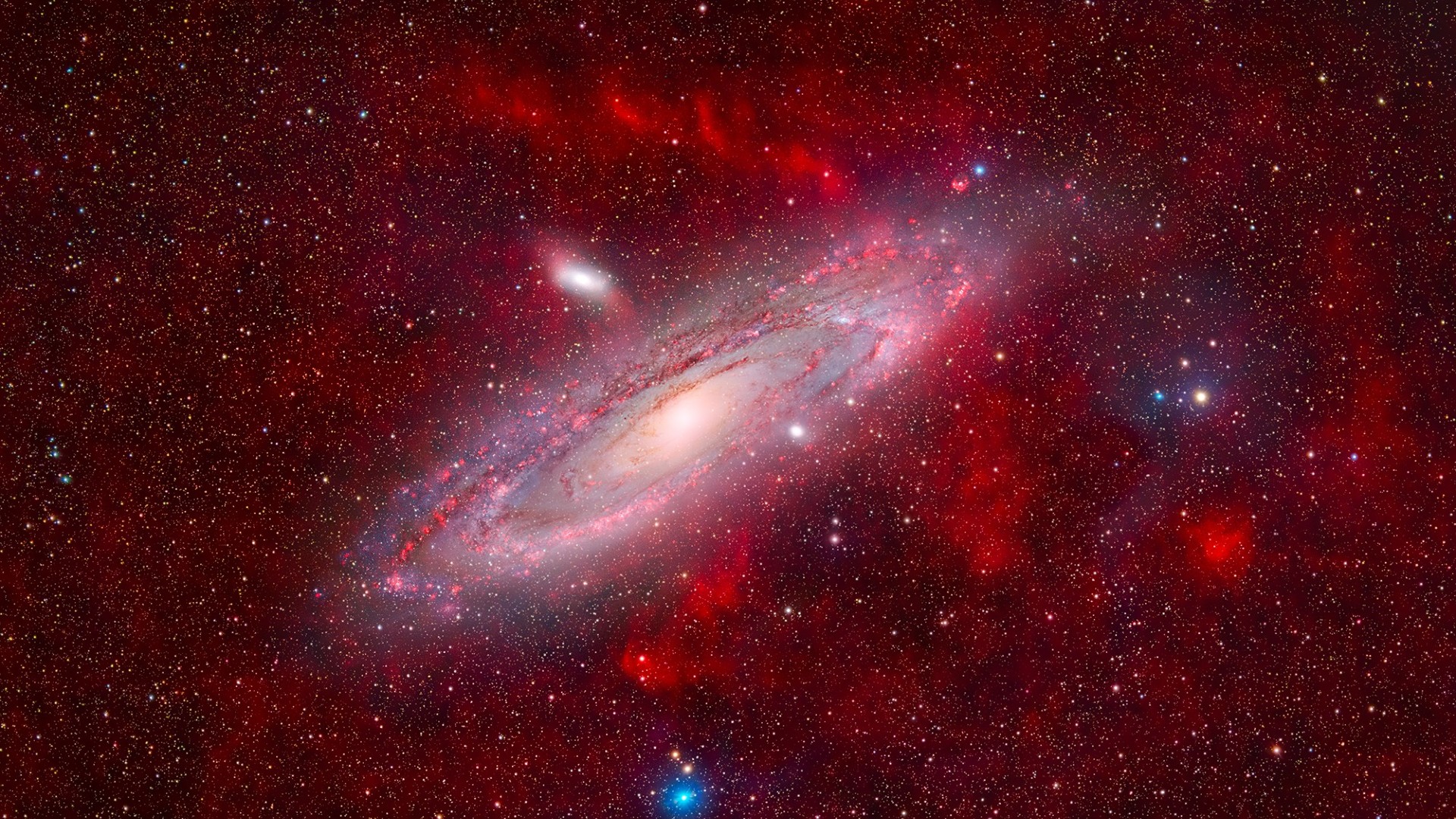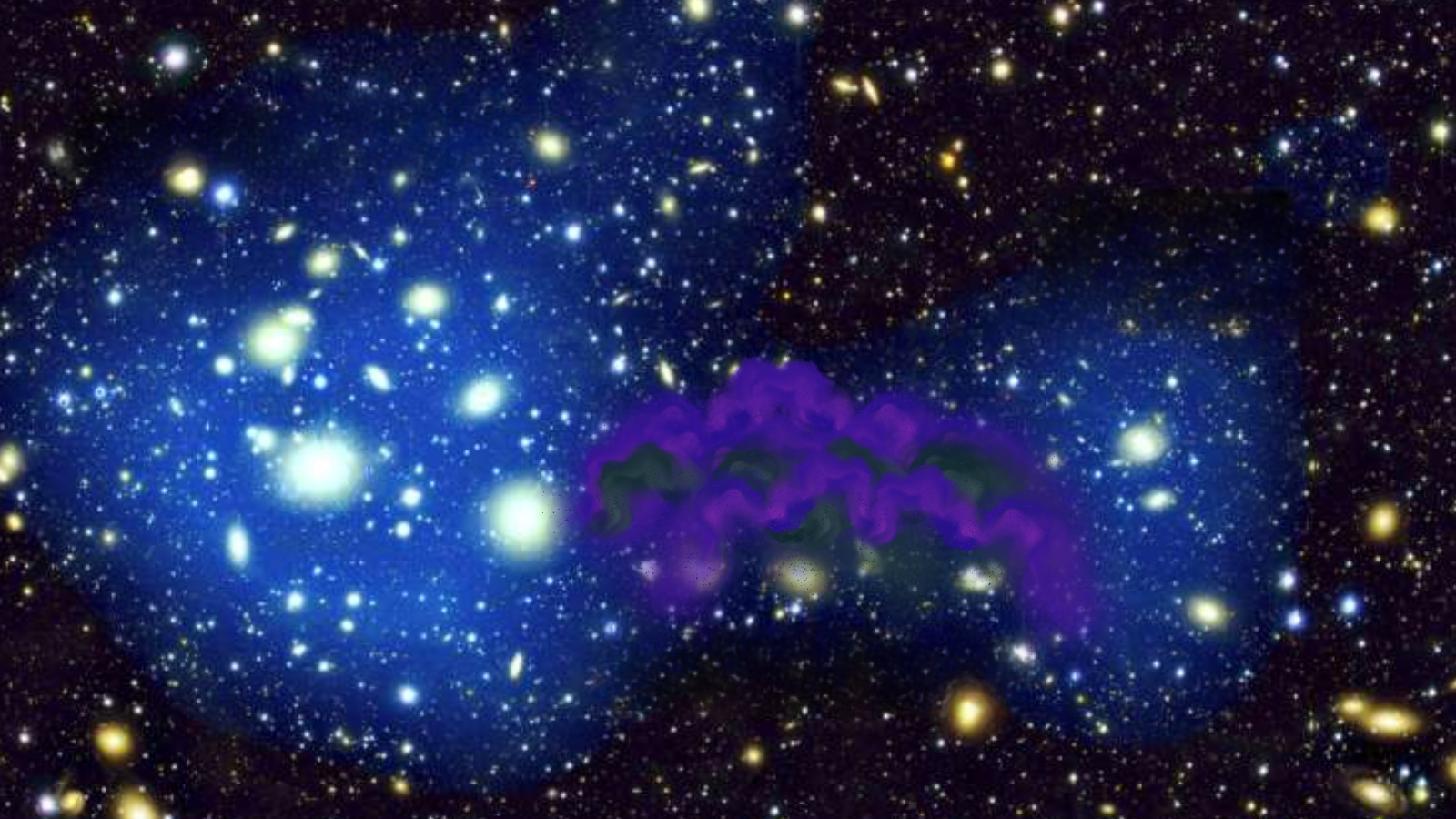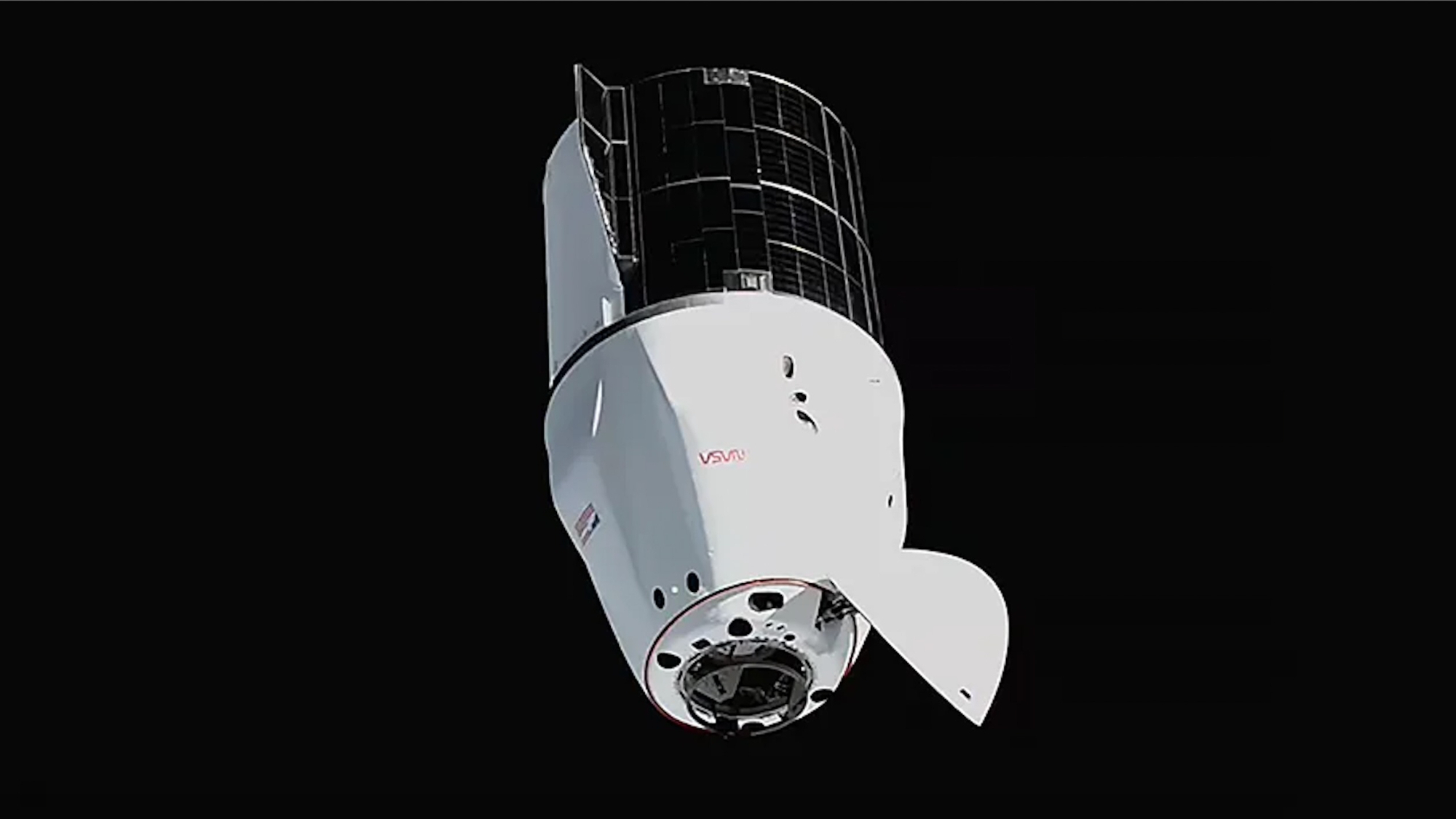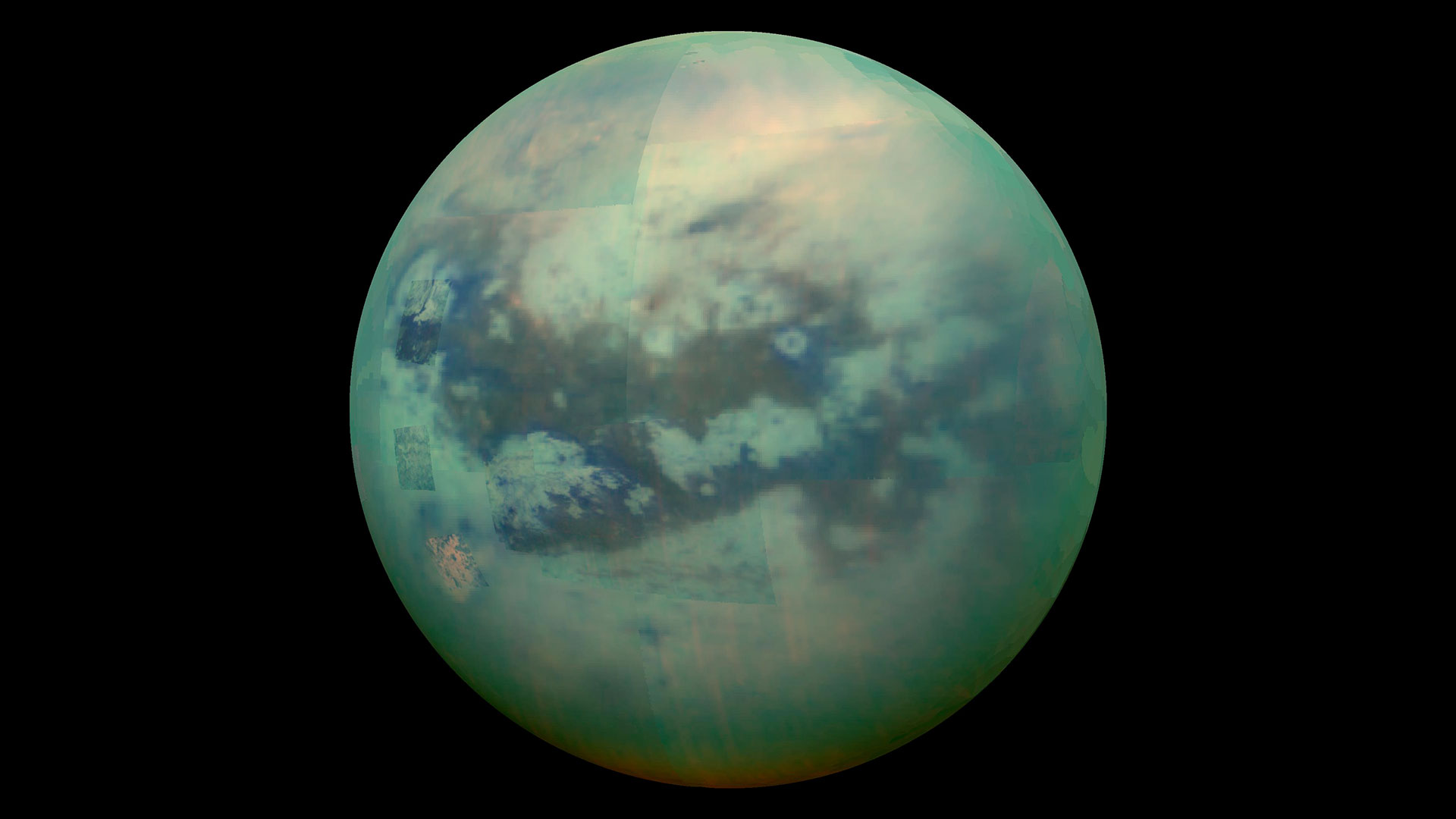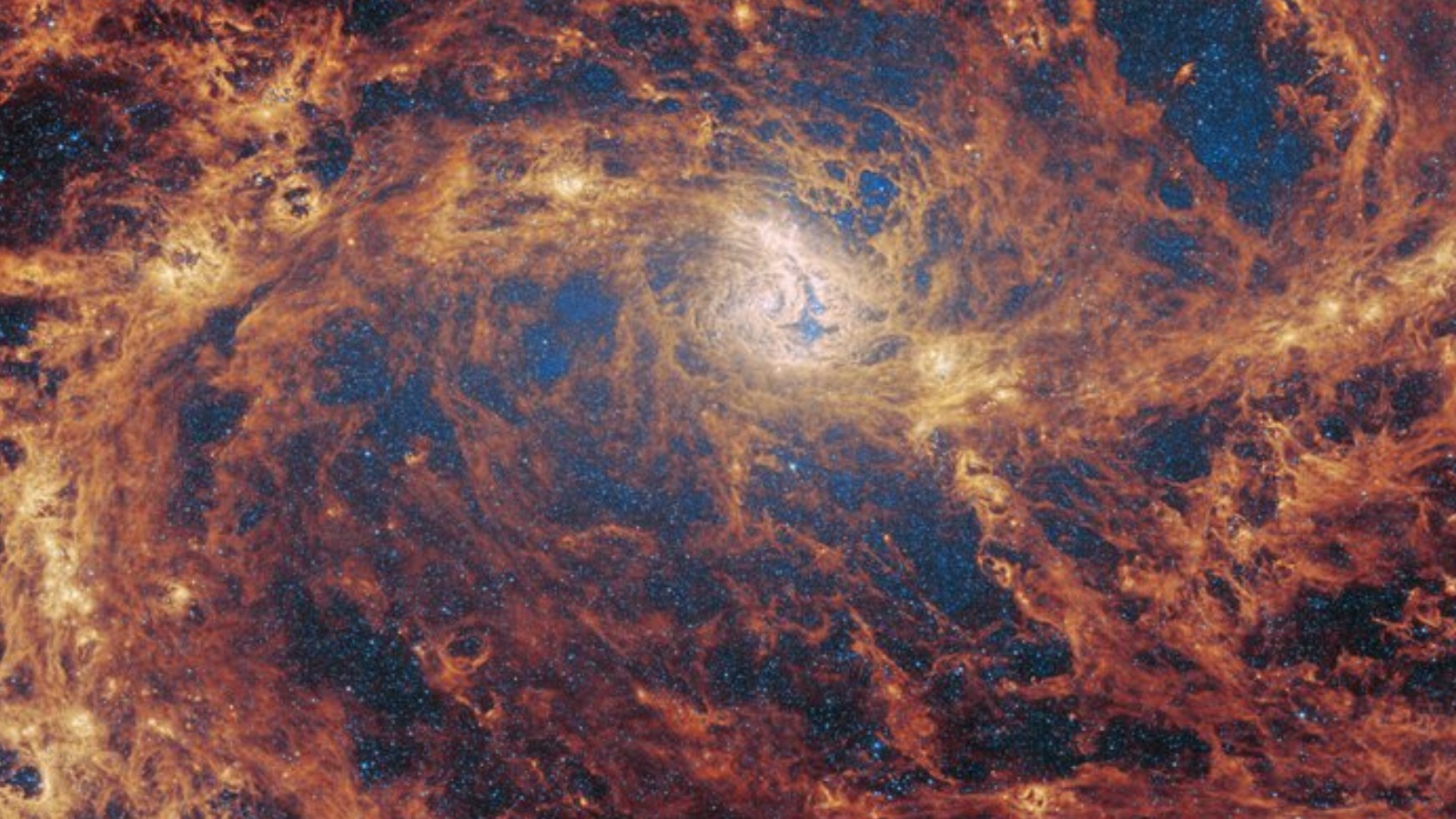Lyrid meteor shower 2025 delights stargazers with the help of a dramatic fireball display (photos)
The Lyrids 2025 did not disappoint, and we've got the photos to prove it!
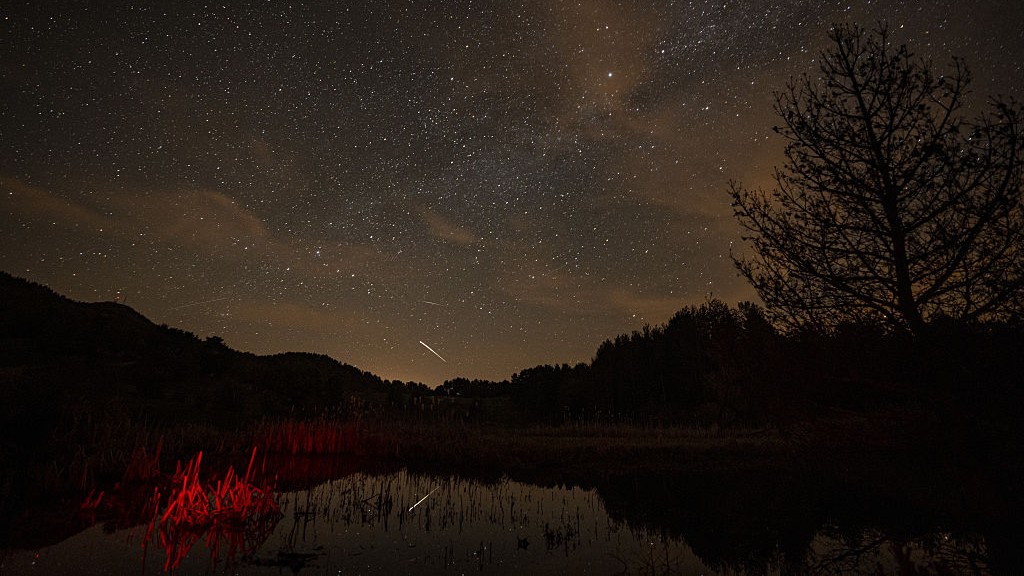
The Lyrid meteor shower put on a spectacular show, delighting sky watchers overnight with a peak rate of 10 to 20 meteors per hour.
The Lyrids occur each year between April 16-25 as Earth passes through the trail of primordial debris shed in the wake of the ancient comet C/1861 G1 Thatcher, which takes around 415 years to complete a single long, looping orbit of the sun. The first known recording of the Lyrid shower was made by Chinese astronomers in the year 687 BC, making it the oldest recorded recurring event of its type that is still active today, according to NASA.
Naturally, skywatching photographers from around the world were ready and waiting to capture the 2025 Lyrids, which occurred as our planet dove through the densest section of Thatcher's debris trail. The moon helpfully stayed below the horizon, leaving the sky unspoiled with its reflected radiance until well into the predawn hours. Read on to see a handful of the most spectacular images from the Lyrid meteor shower 2025.
One image from astrophotographer Utku Ucrak captured a series of stunning meteors streaking across the night sky over the Karagol Geosite in the Kizilcahamam district of Ankara, Turkey, on April 22, framed by a shadowed treescape.
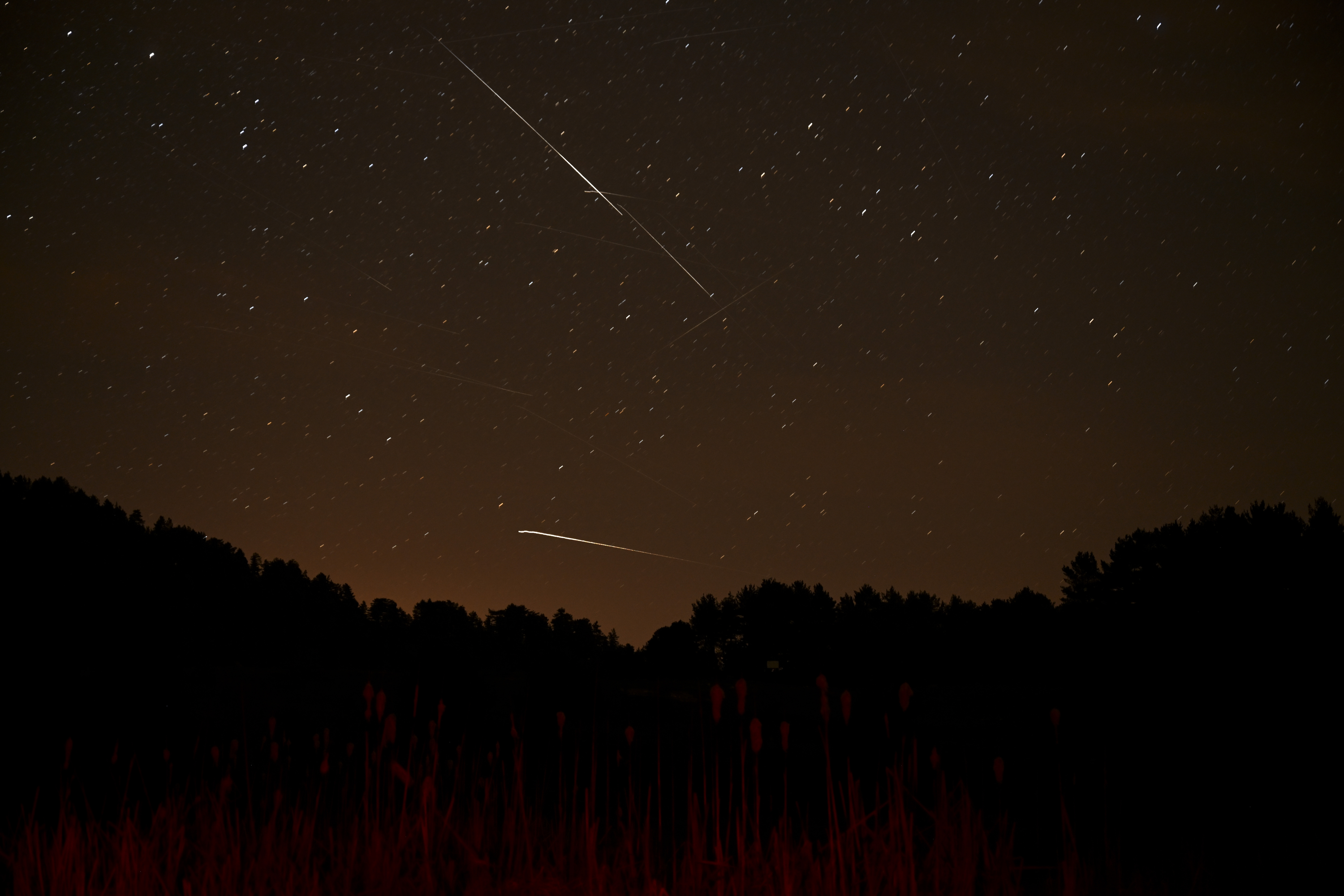
Ucrak was lucky enough to capture several bright meteor trails during a very successful meteor hunting venture.
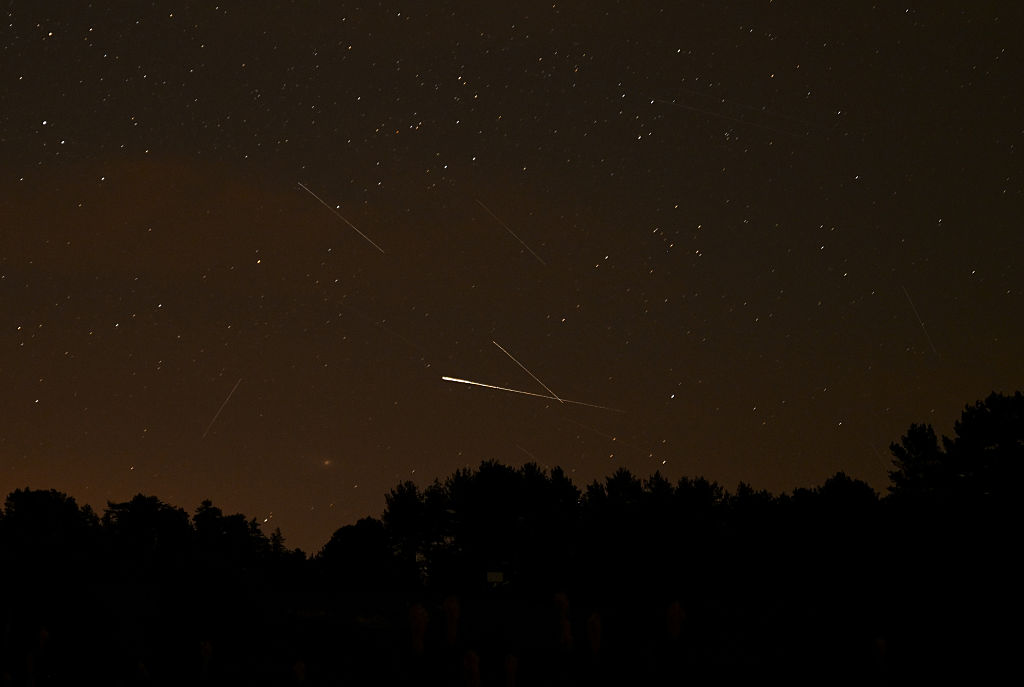
Photographer Muhammed Selim Korkutata captured this stunning image of a Lyrid meteor streaking through the sky and reflected in the water below. Korkutata captured this image on April 22, from Mount Isik in Kizilcahamam district of Ankara, Turkey.

Night sky photographer Sebastian Voltmer, meanwhile, artistically showcased a shot of a Lyrid 'shooting star' against the backdrop of the Milky Way from their home village in Germany.
Get the Space.com Newsletter
Breaking space news, the latest updates on rocket launches, skywatching events and more!
A post shared by Dr. Sebastian Felix Voltmer (@sebastianvoltmer)
A photo posted by on
The residents of Brisbane, Australia, were also treated to a fiery show on April 21 when a vivid fireball burst into life over the evening sky. Fireballs are extremely bright meteors that often rival or exceed the brightness of Venus in the night sky. According to NASA, these larger meteors rarely survive their passage through the atmosphere, though fragments are sometimes found on the ground after they succumb to the immense heat of atmospheric re-entry.
Whilst the April 21 fireball was timely, there is some debate as to whether its creator hailed from comet Thatcher like the rest of the Lyrid meteors, or whether it was simply a random, or sporadic meteor that struck Earth's atmosphere close to the Lyrid peak by chance.
"I can say for certain that the fireball was not part of the Lyrid meteor shower - it was much too early in the evening," explained University of Queensland astronomer Jonti Horner in an interview with The Independent.
The annual Lyrids Meteor shower is making its presence felt across eastern Australia with a massive fireball lighting up the sky overnight. https://t.co/VZ3A1cHvFd @_MichelleJensen #7NEWS pic.twitter.com/mQBJM2BHczApril 22, 2025
Of course, it can't all be fireballs. Minnesota-based X user EricTheCat posted an impressive compilation of Lyrid meteor streaks taken from April 20, as the shower was gearing up for its annual peak.
Meteors from last night and this morning.Got some nice ones. pic.twitter.com/BwYRjGCsJkApril 20, 2025
X user Rodamort took a different approach, setting up a GoPro camera on a long exposure to capture star trails and the occasional Lyrid from his vantage point in Northern Idaho. "Wasn't great last night, but caught a few meteors crossing the sky in the Lyrid meteor shower with a "Star Trails" capture on the GoPro," Rodamort wrote in a post on X. "At about 24-25 second mark there is a cluster of meteors that cross in the bottom left by the tree".
Wasn't great last night, but caught a few meteors crossing the sky in the Lyrid meteor shower with a "Star Trails" capture on the GoPro. At about 24-25 second mark there is a cluster of meteors that cross in the bottom left by the tree. pic.twitter.com/8clFidkFWuApril 22, 2025
Feeling inspired? Well, the good news is that the Lyrids will be active until April 25, so it's not too late to head out after dark and capture your own images of the meteor shower. If you do, be sure to wrap up warm and — if possible — find an area away from city lights. The origin of the Lyrid meteors can be found in the constellation Lyra, and the bright star Vega in the north eastern sky, using a planetarium app like Starry Night or Stellarium.
To spot the longest meteor trails, you'll want to find Vega. Then, look for a patch of sky about 40 degrees away from Vega in the direction of your local zenith — that's the point in the sky directly overhead (or 90 degrees up from your local horizon). A good tip is to hold your arm out straight and make a fist. The distance from your thumb to the opposite side of your hand measures roughly 10 degrees in the night sky. So simply stack four outstretched fists above Vega and you have your ideal meteor hunting patch of sky!
Are you proud of your astrophotography? You should be! If you would like to share it with Space.com's readers, send your photo(s), comments, and your name and location to spacephotos@space.com.
Join our Space Forums to keep talking space on the latest missions, night sky and more! And if you have a news tip, correction or comment, let us know at: community@space.com.

Anthony Wood joined Space.com in April 2025 after contributing articles to outlets including IGN, New Atlas and Gizmodo. He has a passion for the night sky, science, Hideo Kojima, and human space exploration, and can’t wait for the day when astronauts once again set foot on the moon.
You must confirm your public display name before commenting
Please logout and then login again, you will then be prompted to enter your display name.
